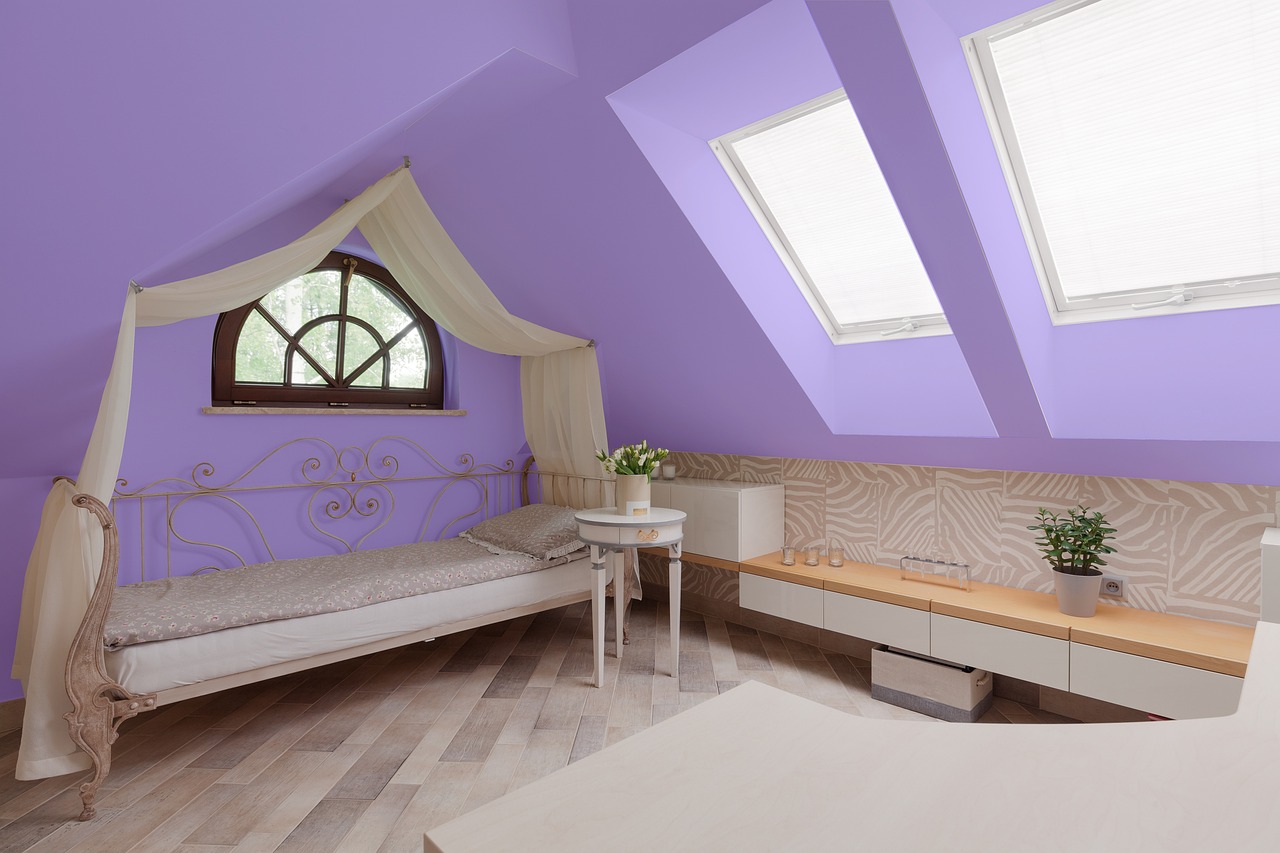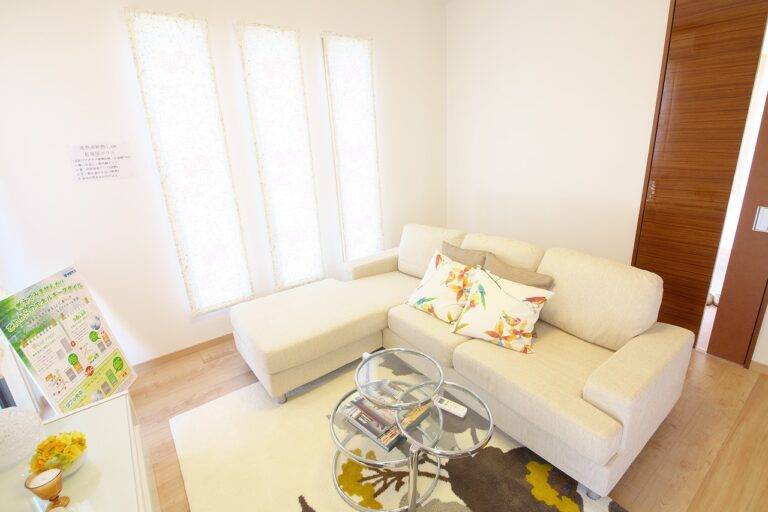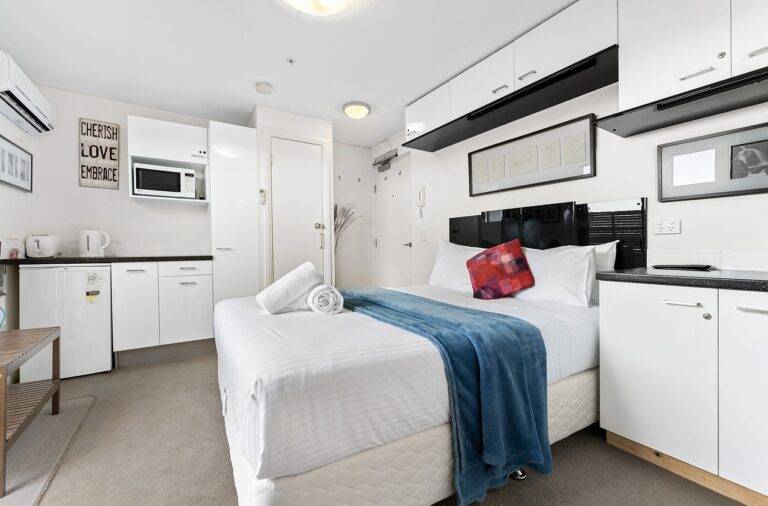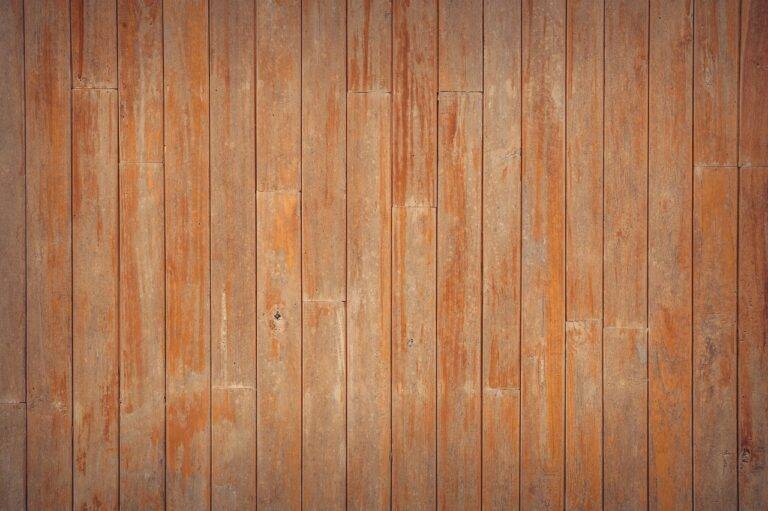The Future of Home Construction: 3D Printing and Modular Builds
3D printing technology has revolutionized the home construction industry in numerous ways. One of the key advantages is the speed at which 3D printers can create building components. Traditional construction methods often take weeks or even months to complete a project, whereas 3D printing can significantly reduce this timeline, saving both time and money for homeowners and builders.
Moreover, 3D printing allows for greater design flexibility and customization in home construction. With the ability to create intricate and complex shapes that would be difficult or impossible to achieve with traditional construction methods, homeowners can now personalize their living spaces to a greater extent. This opens up a new world of innovative architectural designs and structures that were previously unattainable.
Challenges Faced by 3D Printing in Home Construction
3D printing in home construction has presented its fair share of challenges that need to be overcome for wider adoption. One of the main hurdles is the limited size capabilities of current 3D printers, which can restrict the scale of the structures that can be built. This can be problematic for larger homes or buildings where traditional construction methods may still be needed to complement the 3D printing process.
Moreover, the materials used in 3D printing for construction also pose challenges. While advancements have been made in developing concrete and other specialized materials for 3D printing, ensuring their strength, durability, and cost-effectiveness remains a significant challenge. The quality and performance of these materials need to meet the high standards required for long-lasting and structurally sound buildings.
Innovations in Modular Building Techniques
Modular building techniques have seen remarkable advancements in recent years, revolutionizing the construction industry. The integration of technologies such as Building Information Modeling (BIM) has enabled precise planning and coordination between various components of a modular structure. This digital approach has significantly streamlined the design and construction process, leading to faster project delivery and reduced costs.
Moreover, the emergence of prefabricated building materials has further enhanced the efficiency of modular construction. These ready-made components are manufactured off-site under controlled conditions, ensuring quality control and minimizing construction waste. By assembling these prefabricated elements on-site, builders can accelerate the construction timeline while maintaining high standards of craftsmanship.





